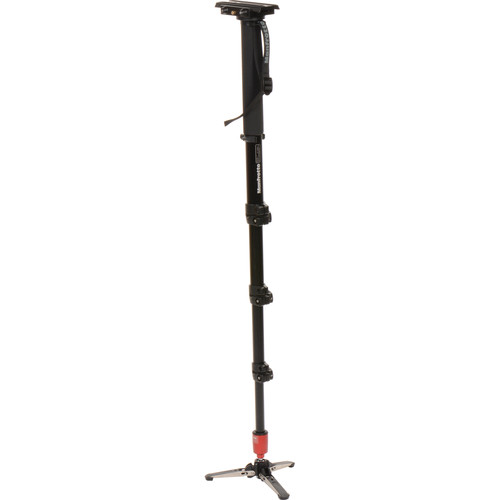It has been a very long time since I last wrote about anything here at richhand.blogspot.com, well then, I guess it is about time.
First, since my last post in January, 2012 a lot has happened. I am now working full time for the Museum of Flight in the Seattle area. The work involves a lot of event and exhibit creation, preparation and take down. It also includes the best part, which is the video production. My last post noted some new equipment I purchased for personal use. This personal use has expanded to some gigs as a cameraman for
Latona Arts and at times the equipment is also used to supplement event captures at the museum as well.
Here in my studio, we (Arlene & I) were using Sony Vegas Studio to create a variety of videos. In the year and a half since the last equipment purchases a lot of skill progress has been made and it is time to make the next leap in equipment and software.
Software will remain in the Sony Vegas line, but now going with Vegas Pro and Sound Forge Pro. We will continue to use DVD Architect, but plan to look at possible improvements there as well.

Since the
Rode NTG-1 microphone has worked well, it is on the new equipment list again.
Areas that needed improvement are - carrying cases, tripod and camera.
The current cases are okay, but through experience, it is clear that the current tripod case is not rugged enough to protect an expensive tripod. With the newest tripod purchase and a replacement for the older case, Handmade Enterprises Video will be purchasing the
Hakuba PSTC 300 Extra Large Pro Series Tripod Case. Large enough and padded enough for the various excursion the tripod will endure.
The next case improvement is to secure one large enough for the new camera and all the extra accessories that must tag along to any shoot. The current case fits the
Panasonic AG-HMC80, but isn't as durable as I had hoped. Nothing new for the AG-HMC80, but for the new camera I will purchase the B&H recommended case. The
Pearstone Professional Soft Camcorder Case with Wheels is the choice.

This is a little bit of overkill, but provides ample protection and interior room for camera and many of the accessories that must follow me around. This eliminates the need for many of the secondary cases I was hauling. The wheeled nature of the case now means that I arrive with tripod on the shoulder while pulling the camera case and that's it. Sometimes I still need to bring a cart for a full setup, where a full setup means adding cables, microphones, mixer, recorder and monitor, plus sometimes a lighting kit. May still need a roadie when that happens.

What holds up your cameras is often as important as the cameras themselves. Previous tripod purchase was the
Manfrotto 055XDB Tripod (Black) with 501HDV Head. A very nice tripod for use where having the camera up high (to shoot over the audience's heads) and staying in one location (such as setup on stage or in venues where moving the camera would be too much of a distraction) is the order of the day. It is heavy enough to be stable and with the 501HDV head provides very smooth motion. That said, there have been several situations where rapid mobility would have allowed me to get to a new location to catch the action missed by a static camera. To that end, a different tripod was needed. Enter, a new combo for 2013, the
Manfrotto's MVH502A Pro Fluid Video Head (75mm) w/MVT502AM Telescopic Twin Legs. This tripod is far lighter than the 055XDB and with its center braces allows me to grab and go quickly without much adjustment at the new location. The fluid half ball head permits near instant leveling and the new "Bridge Technology" makes for an overall fluid movement and a lighter rig. I enjoy using both the tripods for very different reasons.

Next, a new, more capable camera was the order of the day. For compatibility and HD performance on the various shoots, I selected another Panasonic camcorder, the
Panasonic AG-AC160A AVCCAM HD Handheld.
The Panasonic AG-AC160A AVCCAM HD Handheld Camcorder is an upgraded version of the AG-AC160. The upgrade consists of the addition of 1080/60p and 50p recording (max. 28Mbps in PS mode), expanded focus assist functionality, and a "turbo speed" one-push auto focus function.
Compatibility of accessories, batteries and software utilities were definitely a factor in the selection. HD performance is a step above the AG-HMC80 and with the added SDI features, it provides professional capture in line with Latona Arts and the future configuration at the Museum of Flight. In addition, the 22X optical zoom was just what I needed for those "I can't get that close" assignments on which the 12X zoom in the AG-HMC80 fell short. Another factor was the recording times, the AG-HMC80 has a single SD card slot, on long shoots it required a pause in the recording to change the card. Whereas, AC-160A has dual SD card slots which allow for tandem recording. Unfortunately, it does not allow for hot swapping out a full card during recording, therefore continuous recording is limited to however much fits on the two cards already in the camera. Since two 64GB SD cards provide 12+ hours of un-interrupted HD recording, I am hoping most of the shoots will be under that. However, having two cameras now allows pauses on one while the other covers the action. I guess technically I could shoot continuously as long as I had empty cards to insert.
Overall, I am really pleased with my selection of Panasonic equipment. I won't say that I am a Panasonic fan-boy, but thus far their cameras have definitely delivered. There you have it, always learning, always improving. Here's hoping someone finds this information helpful.








